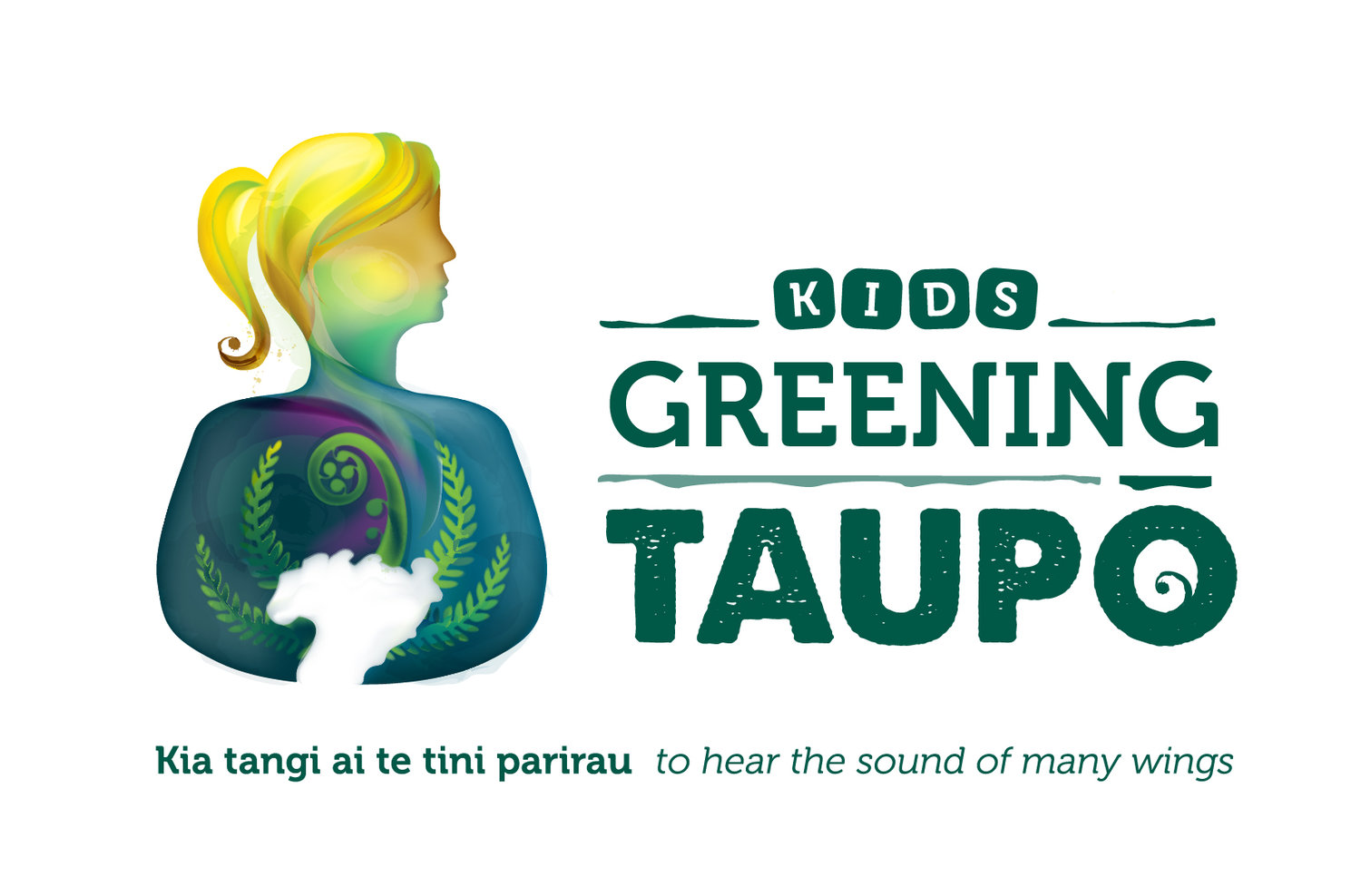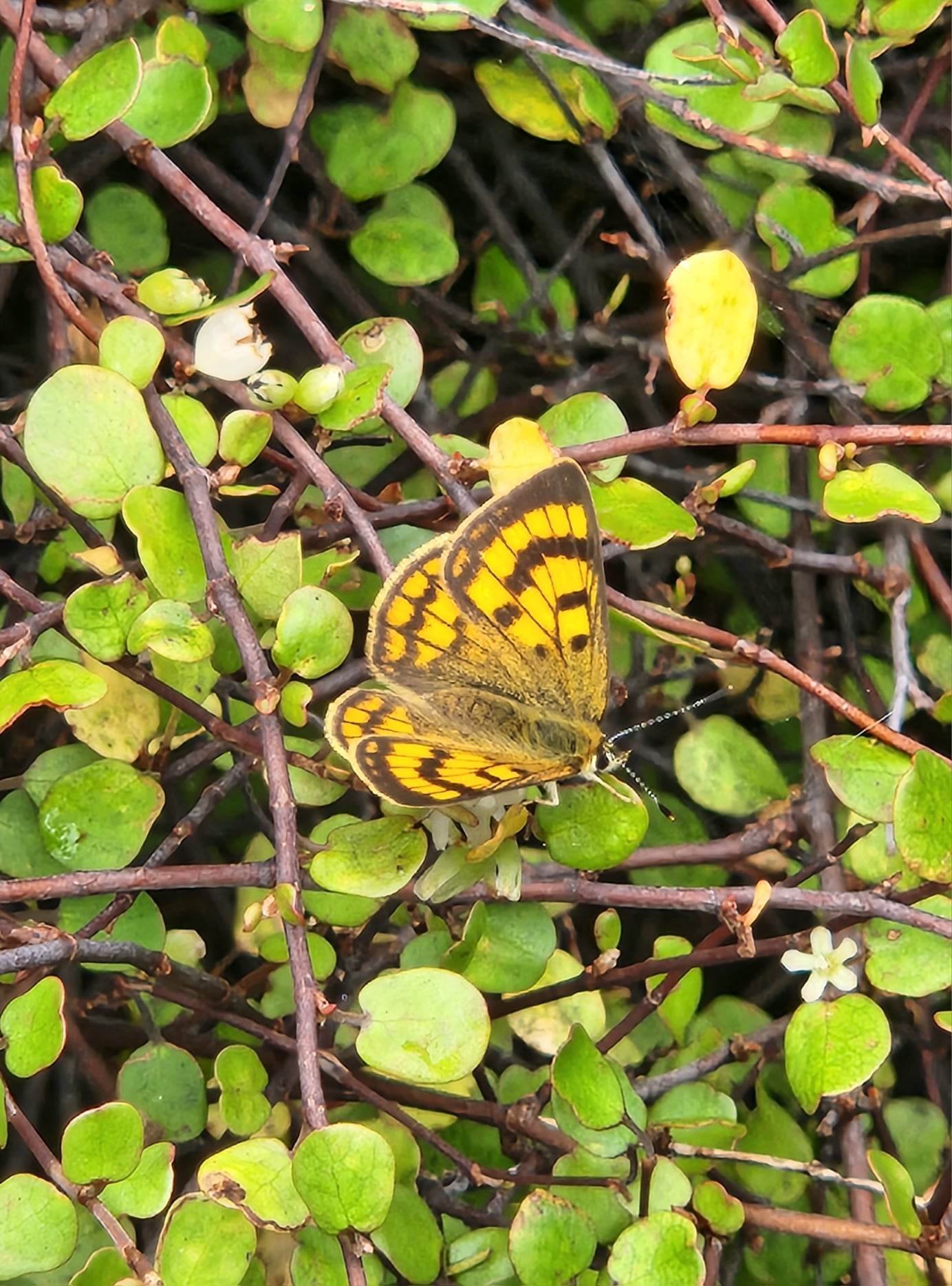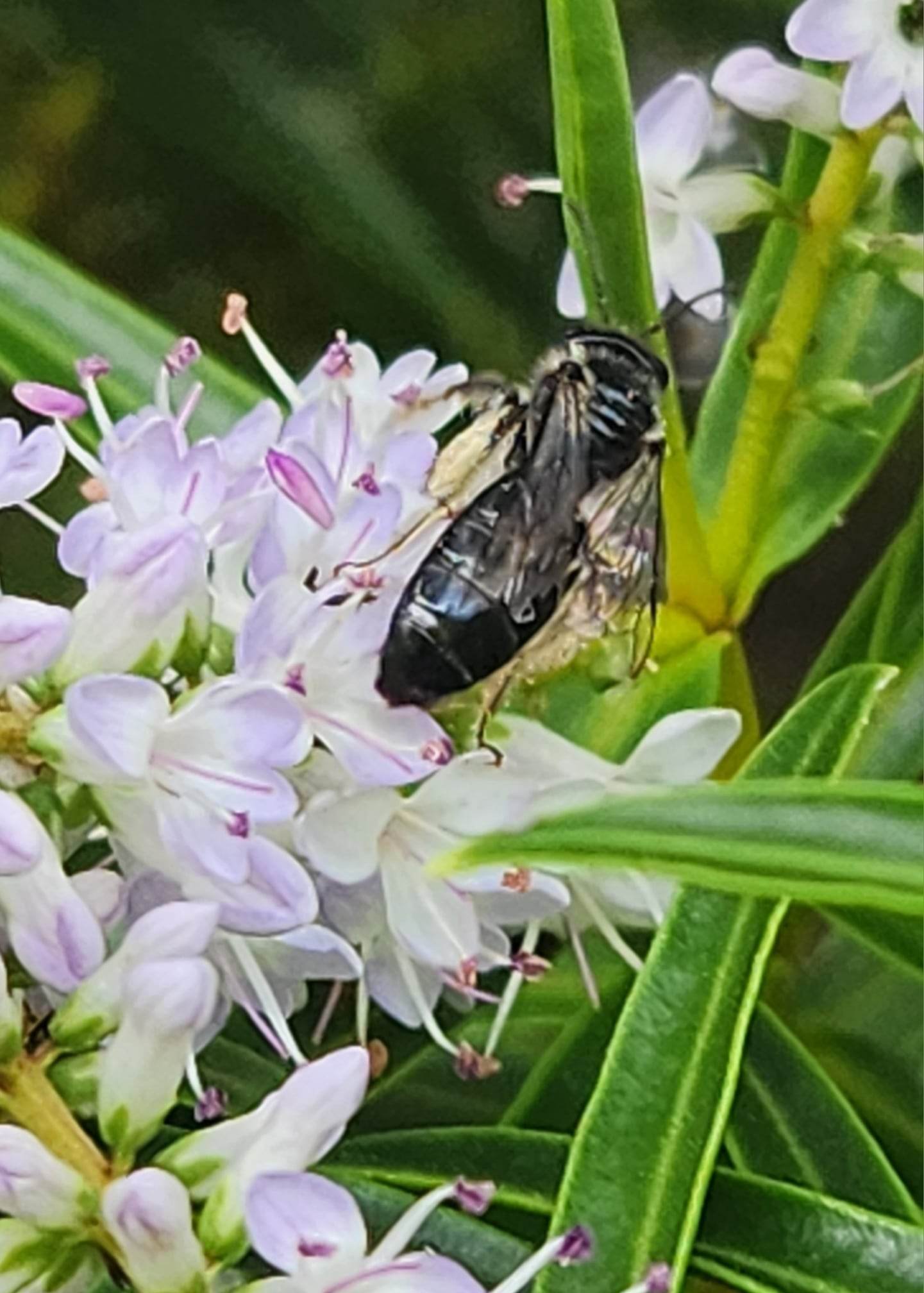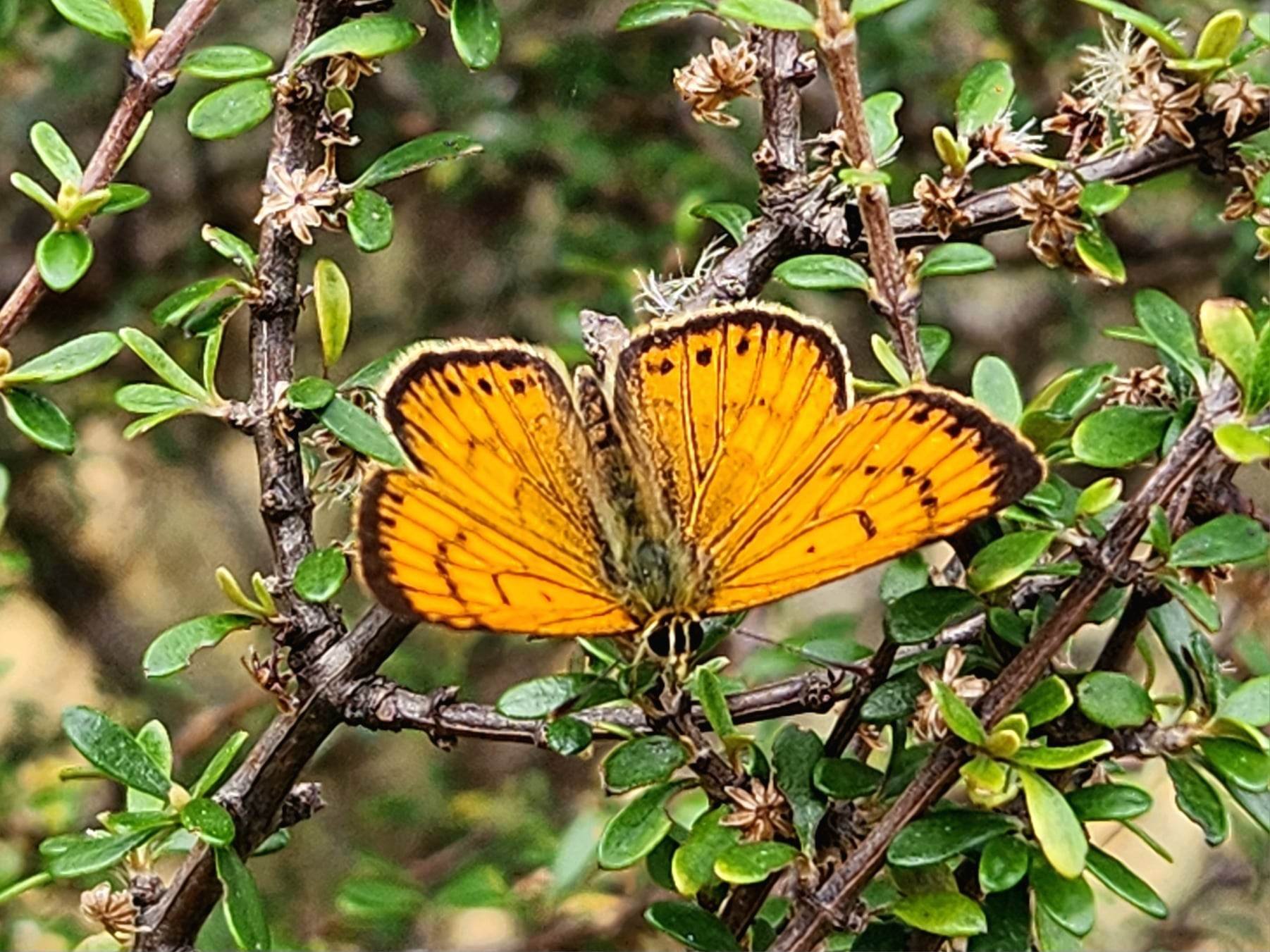Learn about our Pollinators
You may know that flowers are beautiful and smell nice to attract pollinators. They do this to spread their pollen and make seeds, so that they can grow more plants. (Learn more about how pollination works and how to dissect a flower here)
But, do you know what pollinates our New Zealand flowers? I bet you said, “Bees!” Yes, you are right, bees are great pollinators… but they are only one of the many important pollinators in Aotearoa. Honeybees and bumble bees are not actually native to New Zealand, so they are important pollinators of many of our introduced garden plants and farm crops. That’s why we hear so much about them.
However, many of our native plants rely on different native animals to pollinate their special flowers. Some rely on our native bees, birds, butterflies, or beetles. Sometimes a plant will rely on a very specific type of native bug, so that is why it is so important to protect all of our native invertebrates. Did you know that some even rely on our native lizards and bats for pollination!
Many of our plants have special flowers designed to attract a specific animal for pollination. Have you noticed that harakeke flowers are the perfect shape for the beaks of our tui and korimako (bellbirds)? Our nectar feeding birds are attracted by the delicious nectar that the plant offers, and in return they spread the plant’s pollen. Isn’t it great that they work together so well?
Did you know that some of our native plants like karo and kōhūhū, release a scent from their flowers at night to attract night flying bugs, such as moths, for pollination? How cool is that? How do they know to do that? Our plants are amazing!
We even have a very unique plant in New Zealand called, Dactylanthus taylorii or ‘wood rose’ that relies on our tiny native bats for pollination. It is a fully parasitic flowering plant (not actually a rose at all), the only one endemic to New Zealand. Watch a bat feeding on dactylanthus in this video. You can learn lots more about this cool relationship here: A Strange Tale of a Bat and a Rose
Lizards eat seeds and disperse them, but did you know that geckoes eat from flowers and pollinate them too! Check out this New Zealand green gecko pollinating manuka flowers! You can also see geckoes pollinating pohutukawa flowers in a video here.
Not many people realise that we have special native bees. Almost all of them are only found in New Zealand. They are solitary, so have one family in a nest, rather than a big hive. They are smaller than honeybees, often black, and very rarely sting. They usually nest in holes underground (sometimes in plant material). They do not travel far, so need flowers close by to collect pollen to feed their larvae. They love flowers like pohutukawa, kanuka, manuka, and native mistletoe. Read more about the threat to these special native bees here.
If you want to learn more, here is a great resource from Science Learning Hub about Methods of Pollination.
Here are some of our native bees and butterflies on native plants
ACTIVITY
We would like to challenge you to go outside and look for a plant with flowers. Look closely inside the flowers, can you spot any little critters in there? Sit quietly and watch for a while and see who comes to visit. Make notes about what you see visiting the flowers of that plant. Next, find a different flowering plant and do the same thing. What did you notice? Were the ‘pollinators’ the same on each plant? Try comparing a native plant with an introduced species. What about comparing different coloured flowers? You could do this as a maths activity and graph your results. It’s a great start of an inquiry unit. Maybe from here you could see how you could increase the biodiversity in your green space? Do you need to plant more of a certain type of plant to attract different bugs, lizards and birds to your space? What could you do to bring more native species to your space? How could you attract native bees?
Check out these awesome resources from Auckland City Council to plant for pollinators and make a pollinator palace.
Landscapes For Life Brochure- Plant for Pollinators and make a Pollinator Palace!
Planting for Pollination - Native Plant Species Guide - A fantastic guide for planting native species for pollinators
If you would like to dissect a flower and learn more about the parts of the flower that are important for pollination and how pollination actually works, check out our Look Inside a Flower Nature Connector. It has some great videos and hands on activities to teach this.
This video is about planting for pollinators in an urban environment.






